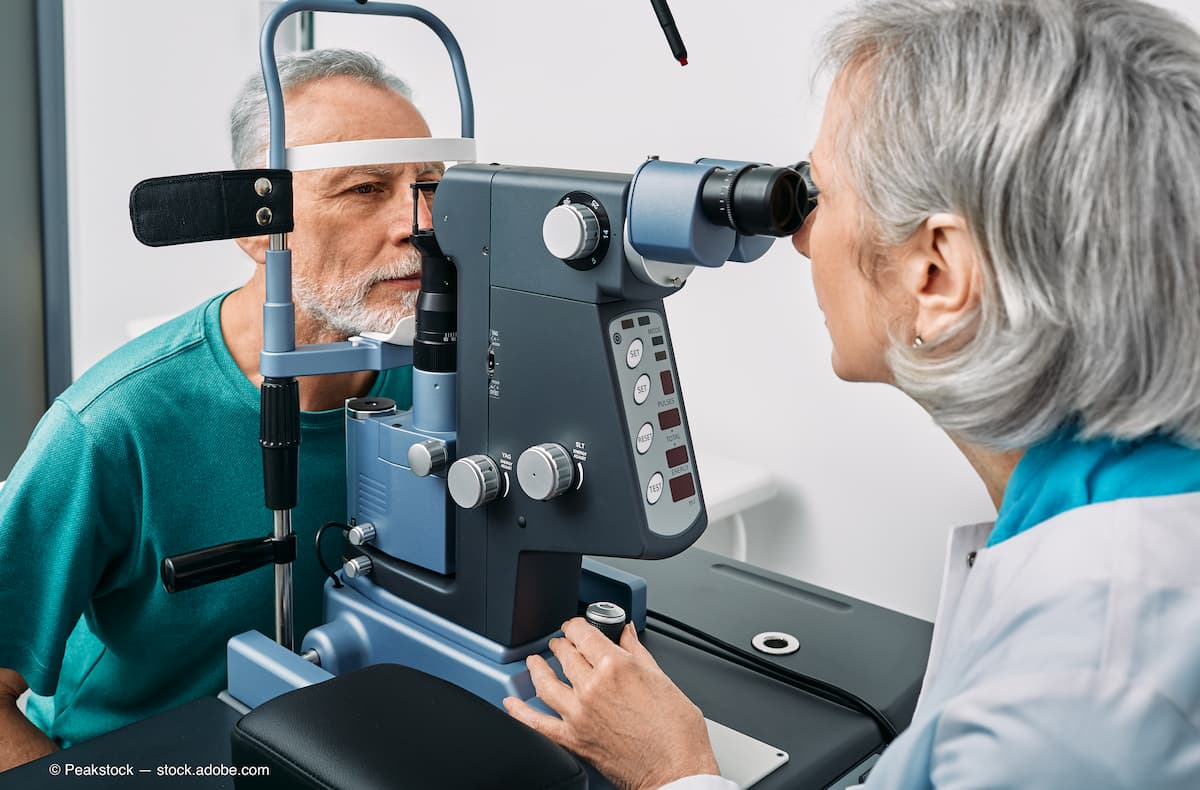Research finds systemic comorbidities play role in development of open-angle glaucoma
Several risk factors beyond intraocular pressure contribute to open-angle glaucoma.
Spanish researchers pinpointed systemic comorbidities that play an important role in the conversion from ocular hypertension (OHT) to open-angle glaucoma (OAG).1

Beyond intraocular pressure (IOP), risks for development of OAG include advanced age, ethnicity, thin corneas, degree of glaucoma severity, myopia, and family history; low ocular perfusion pressure, cardiovascular/cerebrovascular disease, systemic hypertension/hypotension, diabetes mellitus, and/or hypercholesterolemia are involved in the OAG course.
Carolina Garcia-Villanueva, MD, and associates, from Ophthalmic Research Unit “Santiago Grisolia,” Foundation for Research in Health and Biomedicine, and the Cellular and Molecular Ophthalmobiology Group, Surgery Department, Faculty of Medicine and Odontology, University of Valencia, Valencia, Spain theorized that identifying non-ocular factors possibly affecting progression from OHT to OAG is critical for designing specific interventions for management.
They investigated possible factors involved the conversion of OHT to OAG in Spain and Portugal where the culture and lifestyle differ from other European countries and focused metabolic, cardiovascular, and respiratory diseases; lifestyle characteristics, and habits, i.e., body mass index, coffee/tea intake, alcohol/tobacco use, and psychotropic drug use that may affect development and progression of OAG.
This multicenter case-control study included 412 patients with OHT or OAG (age range, 40-80 years; mean, 62 years). The primary endpoint was the relationship between specific lifestyle habits; anthropometric and endocrine–metabolic, cardiovascular, and respiratory events; and commonly used psychochemicals, they described.
Analysis of patient data in Spain and Portugal
A total of 198 patients had OHT and 214 OAG.
The central corneal thickness (CCT ) was significantly higher in the OHT group (right eye, 563 ± 9 μm; left eye, 571 ± 10 μm) than in the OAG group (right eye, 552 ± 10 μm; left eye, 548 ± 9 μm); right eye, p=0.005; left eye, p=0.001 for the comparisons between each eye from both groups.
The mean IOP adjusted by the CCT in the OHT group was 20.46 ± 2.35 mmHg (right eye) and 20.1 ± 2.73 mmHg (left eye). In the OAG group, the mean IOP was 15.8 ± 3.83 mmHg (right eye) and 16.94 ± 3.86 mmHg (left). The differences in IOP between the OHT and OAG in both eyes were significant (p=0.001 for both comparisons).
Optical coherence tomography parameters, i.e., mean cup-to-disc ratio, papillary excavation, retinal nerve fiber layer thickness, retinal ganglion cell density, and the visual field mean deviation for each eye differed significantly (p<0.001) between the study groups.
“The highest prevalence rates of the surveyed non-ocular characteristics in both groups were for overweight/obesity and daily coffee consumption, followed by psychochemical drug intake, migraine, and peripheral vasospasm. Our data showed that overweight/obesity, migraine, asthma, and smoking are major risk factors for conversion from OHT to OAG in this Spanish and Portuguese population,” the investigators concluded.
They recommended “careful and considered care for the people with these disorders to prevent subsequent visual disability and loss of quality of life.”